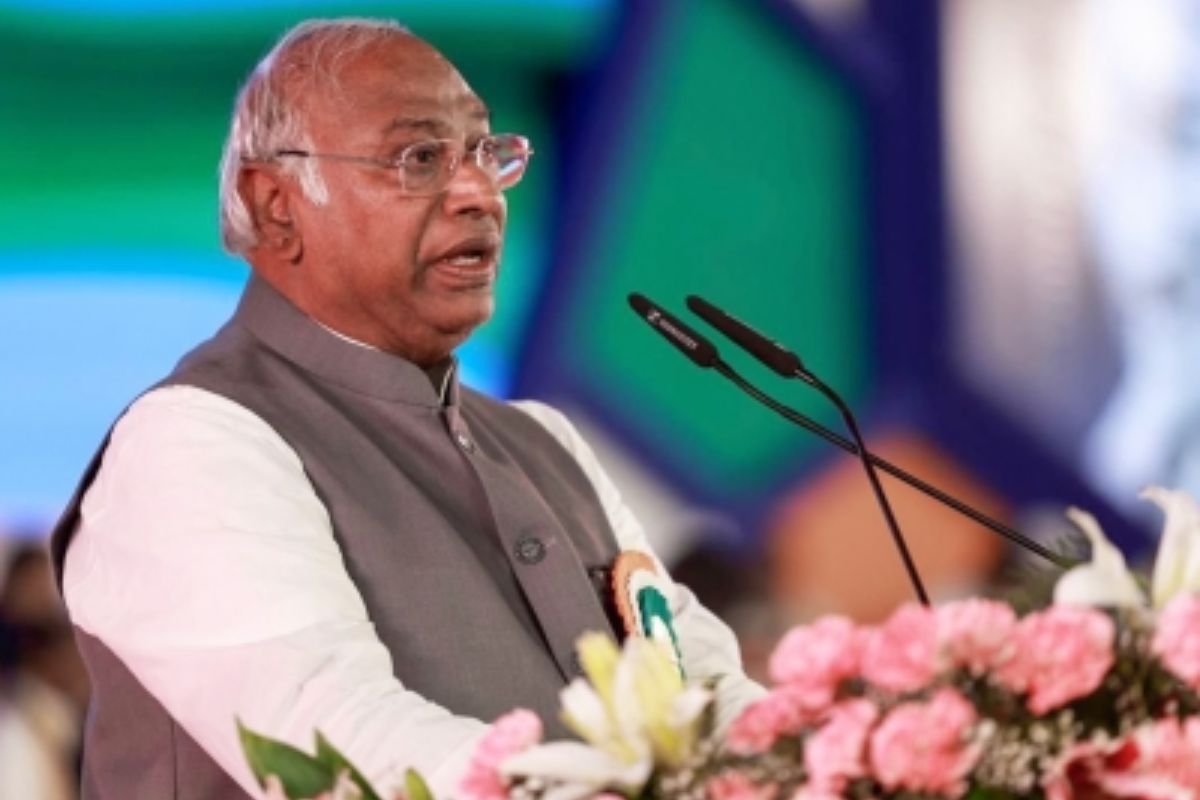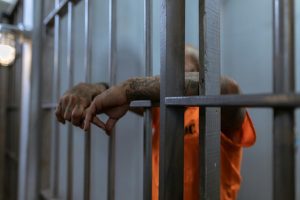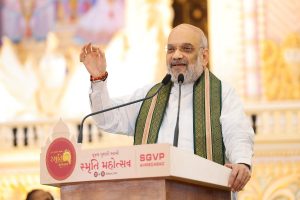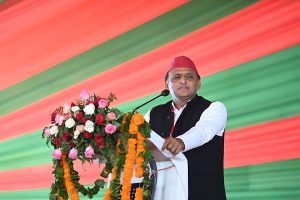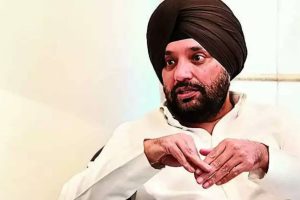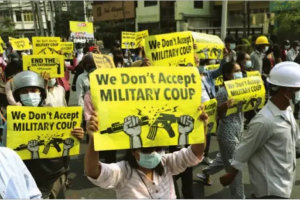As the epoch-making Vaikom satyagraha enters its centenary year, the celebrations to commemorate the movement that breached rigid walls of orthodoxy and opened a new chapter in the fight against untouchability and the caste system in India, began at Vaikom in Kerala on Thursday.
Congress president Mallikarjun Kharge inaugurated the Kerala Pradesh Congress Committee’s (KPCC) the year-long Vaikom Satyagraha centenary celebrations at Vaikom in Kottayam on Thursday.
Sivagiri Mutt’s centenary celebrations of Vaikom Satyagraha started with a procession from the Mutt on Wednesday.
Kerala Chief Minister Pinarayi Vijayan and his Tamil Nadu counterpart M K Stalin will jointly inaugurate the year-long State-level centenary celebrations of Vaikom Satyagraha at Vaikom on 1 April.
The Vaikom Satyagraha was launched on 30 March 1924, against the ban imposed on the so called lower castes on the four streets surrounding the Vaikom Mahadevar Temple
In those days, only people belonging to the upper caste were allowed entry in major temples while those of the lower caste were not even allowed to take roads leading to shrines due to untouchability. Offenders were beaten up and jailed indiscriminately.
Vaikom Satyagraha is considered as the first-ever organised struggle to ensure the basic rights of the socially oppressed in the country. It was a nonviolent protest that took place from 30 March 1924 to 23 November 1925 in the then Kingdom of Travancore.
The movement got the support of Gandhiji, and he sent his disciple Vinoba Bhave to Vaikom in 1924 to help the agitation and in 1925, Gandhiji himself came to Vaikom to participate in the satyagraha.
“The Vaikyom satyagrahis are fighting a battle of no less consequence than that of Swaraj, ” Gandhiji wrote in “Young India” in February 1925.
Dr BR Ambedkar termed the satyagraha as a significant movement for the untouchables.
“It was one of the most important movements for the country’s untouchables,” said BR Ambedkar.
On 30 March 1924, two persons from the backward community– Kunjappi from the Pulaya caste and Bahulyan from the Ezhava caste along with Govinda Panikkar, an upper caste, walked towards a board where it was written ‘Theendal jaathikkarkk praveshanam nirodhichirikkunnu’ (Entry banned for untouchable caste members).
Though they were prevented and arrested by the police before reaching the destination, these three men had taken the first step towards the nation’s historic walk to a great objective – equality for all.
After the beginning of the satygraha, the small temple town of Vaikom became a nerve centre of a socio-religious movement that questioned the upper caste hegemony over Hindu shrines.
Peoples from all castes and communities participated in the movement. The satyagraha was also led by several upper caste leaders such as K P Kesava Menon and Mannath Padmanabhan, who later founded the Nair Service Society. Social reformer Sree Narayana Guru also played a key role in the movement.
Despite several requests, the then King of Travancore was not ready to do away with the age-old caste system.
The Congress party then extended its support to the movement after its leader T K Madhavan narrated the injustice being meted out to lower caste people during the Kakinada Congress session in 1923.
The movement also catapulted then Tamil Nadu Congress leader E V Ramaswamy Naicker aka Thanthai Periyar to centre stage in his lifelong fight for the downtrodden.
When in 1925 Gandhiji came to the temple site and joined the movement, he met Maharani of Travancore Sethu Lakshmibai. Gandhiji succeeded in getting some concessions for lower caste communities. Roads around the temple with the exception of two lanes leading to the eastern entrance were opened to all castes.
The satyagraha later led to the historic “temple entry proclamation” in 1936 that eventually opened the doors of all temples in Travancore to Hindus, irrespective of caste barriers.

